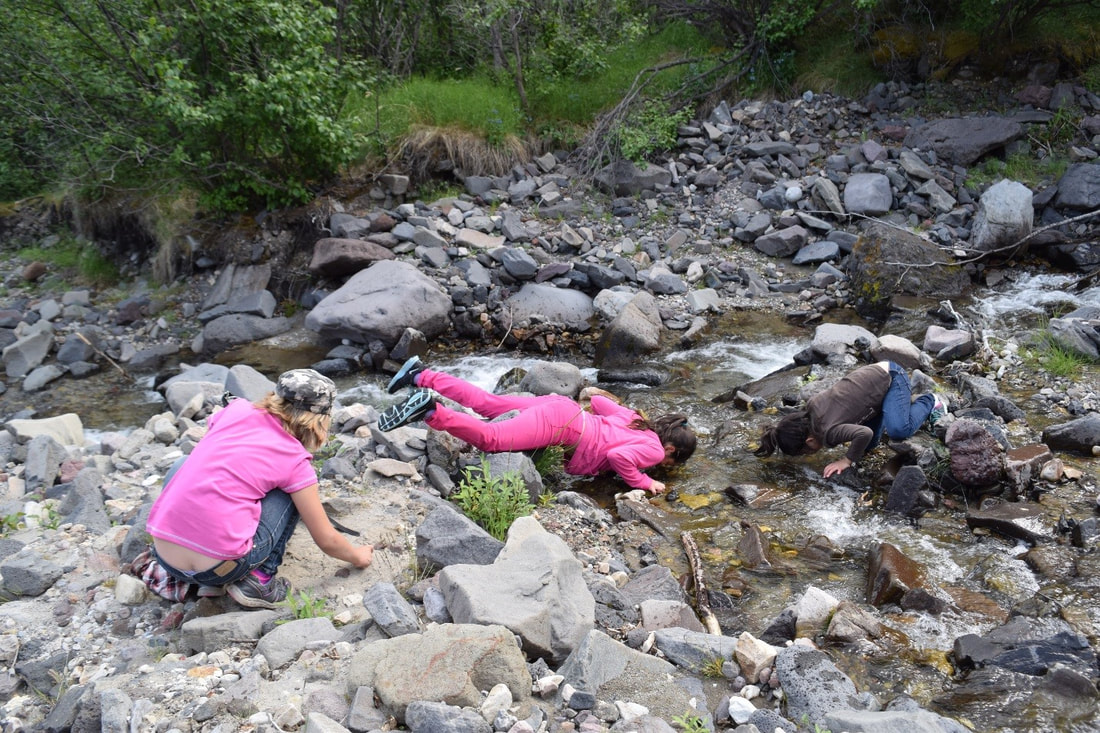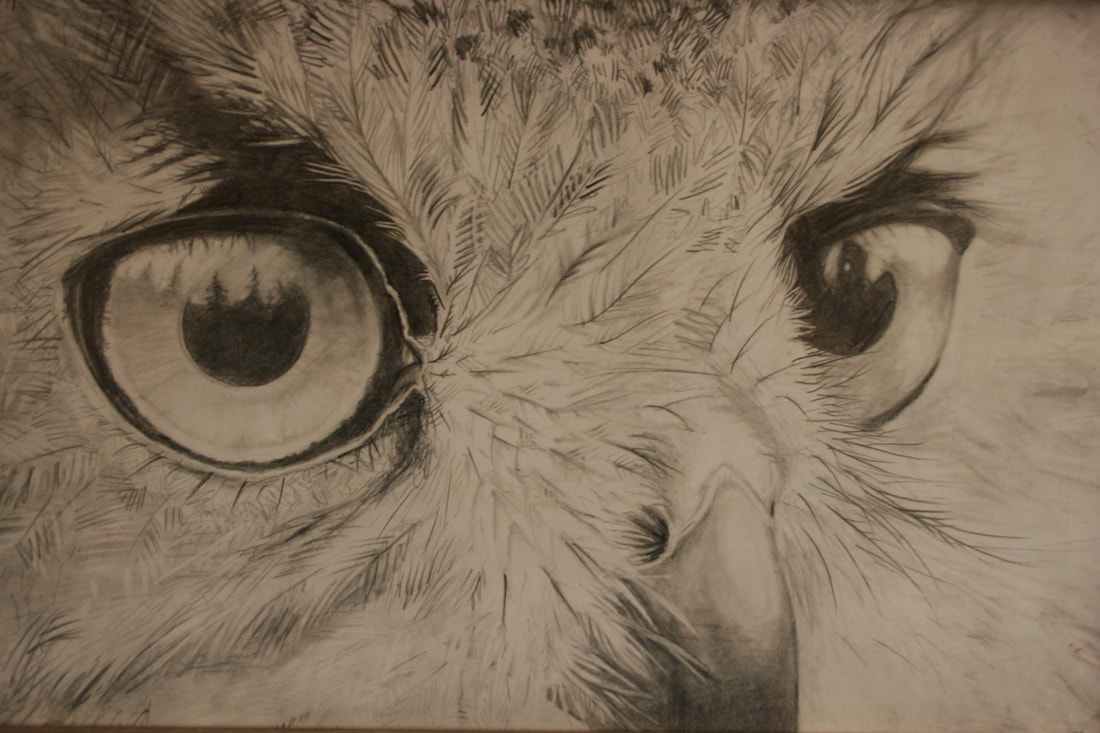|
Copper River Record November 2016 By Robin Mayo For this week’s armchair hike, let’s head north to the Nabesna Road, and the Skookum Volcano Trail in Wrangell-St. Elias National Park and Preserve. I’m embarrassed to admit how many years I lived in this valley before I started venturing onto the Nabesna Road, so now I’m trying to make up for lost time. The trailhead is at mile 36.8 Nabesna Road, a solid hour drive East from Slana. Stop in or call the Slana Ranger Station to check on road and trail conditions, and learn about the fascinating geology of the area. The trail is 2.5 miles with a 2800 foot elevation gain, and includes scrambling through rocks and multiple crossings, so it is a serious outing. Since it is an up-and-back trail, you can choose how far you go. I’d plan on at least 4 hours to go to the top and back. The first mile or so winds through a spruce and alder forest, climbing steadily. Then you pop out of the forest and onto the streambed, with multiple shallow crossings. There is no developed trail once you are out of the forest, but cairns mark the best route. Once again I’ve led you on a hike with “Volcano” in the name, but there is no fiery lava! False Advertising! Does it help to know we are ascending up into the cone of a long-extinct volcano? Geology buffs will find much to explore. The cobbled streambed contain fascinating rocks from all three groups: igneous, metamorphic, and sedimentary. Cut banks along the streams show layers of volcanic activity, and the surrounding landscape tells a story of a violent eruption and subsequent erosion. Stream crossings while hiking are a challenge. If the water is low and you are agile, you may be able to hop from rock to rock, but most of us will get our feet wet. Also, acrobatic leaps on slippery rocks are a good way to get hurt, so don’t risk real injury. Taking off your shoes and crossing barefoot is not recommended, as the water is extremely cold and the rocks sharp and slippery. Waterproof boots are an option, or put some bread bags over your socks to make any footgear waterproof. Some choose to carry light sneakers or sandals to change into for the crossings. Regardless of your strategy, you may want to bring along a spare pair of dry socks! As a bonus, a large band of Dall’s sheep can often be seen in the area. Late one June evening I spent a fantastic hour with my binoculars, watching lambs cavorting and ewes grazing, a rare treat. Another party we met on the trail had surprised a grizzly, so we made lots of noise and kept our bear sprays handy, especially once we got into the thick brush near the trailhead. There are also ground squirrels and marmots near the alpine areas of the trail. Driving from the southern end of the Copper Valley and hiking this trail made for a very long day. Next time, I’ll spend the night at one of the campgrounds on the Nabesna Road and do some more exploring. Few can resist sticking their face in the cold water of Skookum Creek on a hot day. As with all backcountry water in Alaska, it should be filtered, treated, or boiled before drinking. Jamie Dawson Photo
0 Comments
Leave a Reply. |
Who We AreWISEfriends are several writers connected with Wrangell Institute for Science and Environment, a nonprofit organization located in Alaska's Copper River Valley. Most of these articles originally appeared in our local newspaper, the Copper River Record. Archives
August 2021
Categories
All
|
|
WISE is a
501(c)3 nonprofit organization |
Contact Us |



 RSS Feed
RSS Feed
